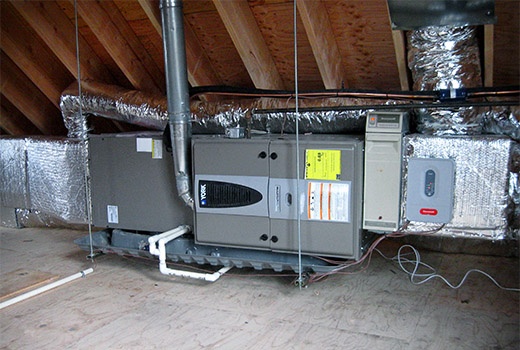
Residential Furnace Installation
High-efficiency gas furnace system in Houston home
Adams Air creates affordable & energy-efficient heating installation solutions in Houston & Beyond.
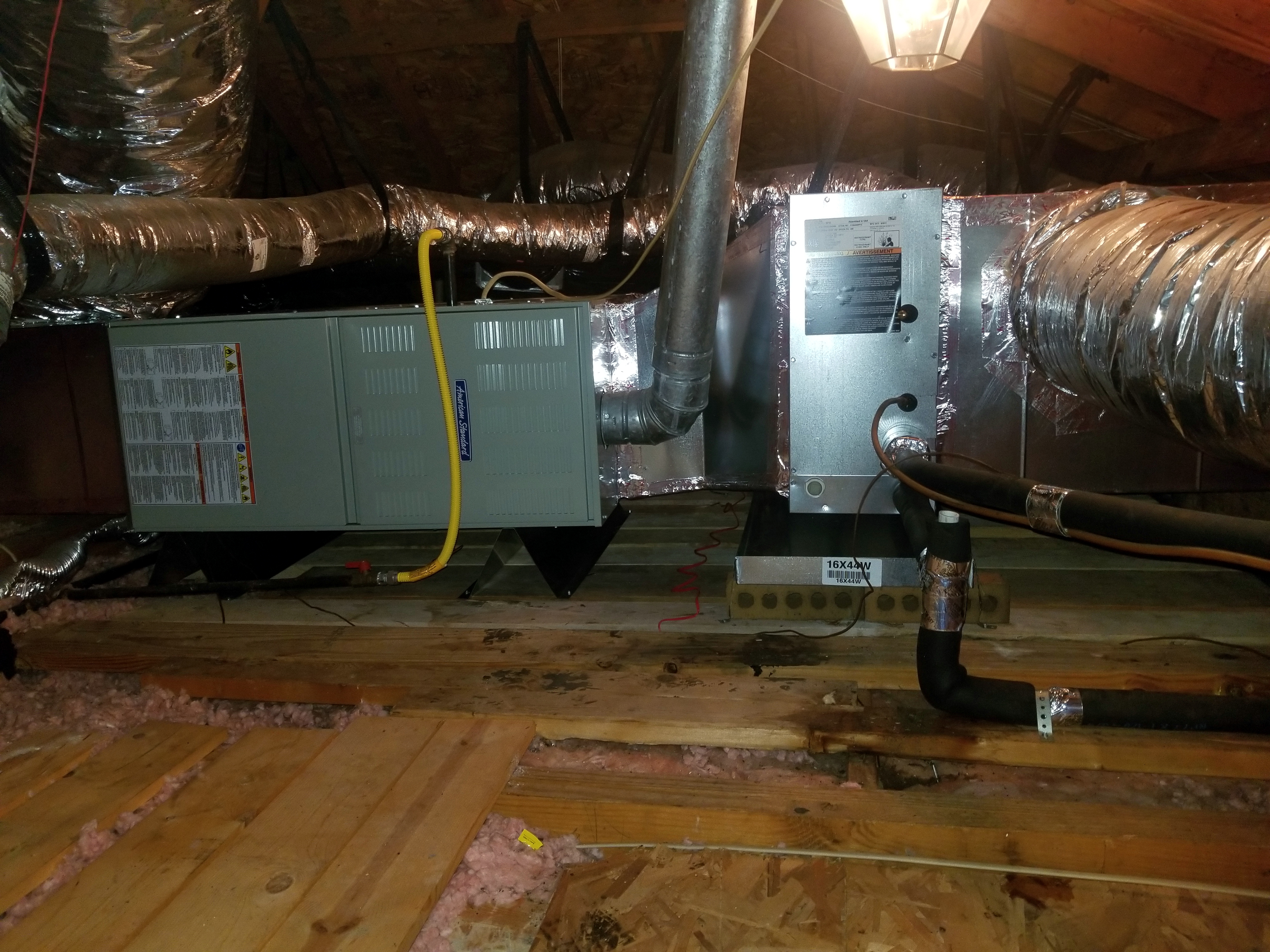
From residential gas furnaces to commercial heating systems, we install affordable and reliable heating systems your home and business deserve.
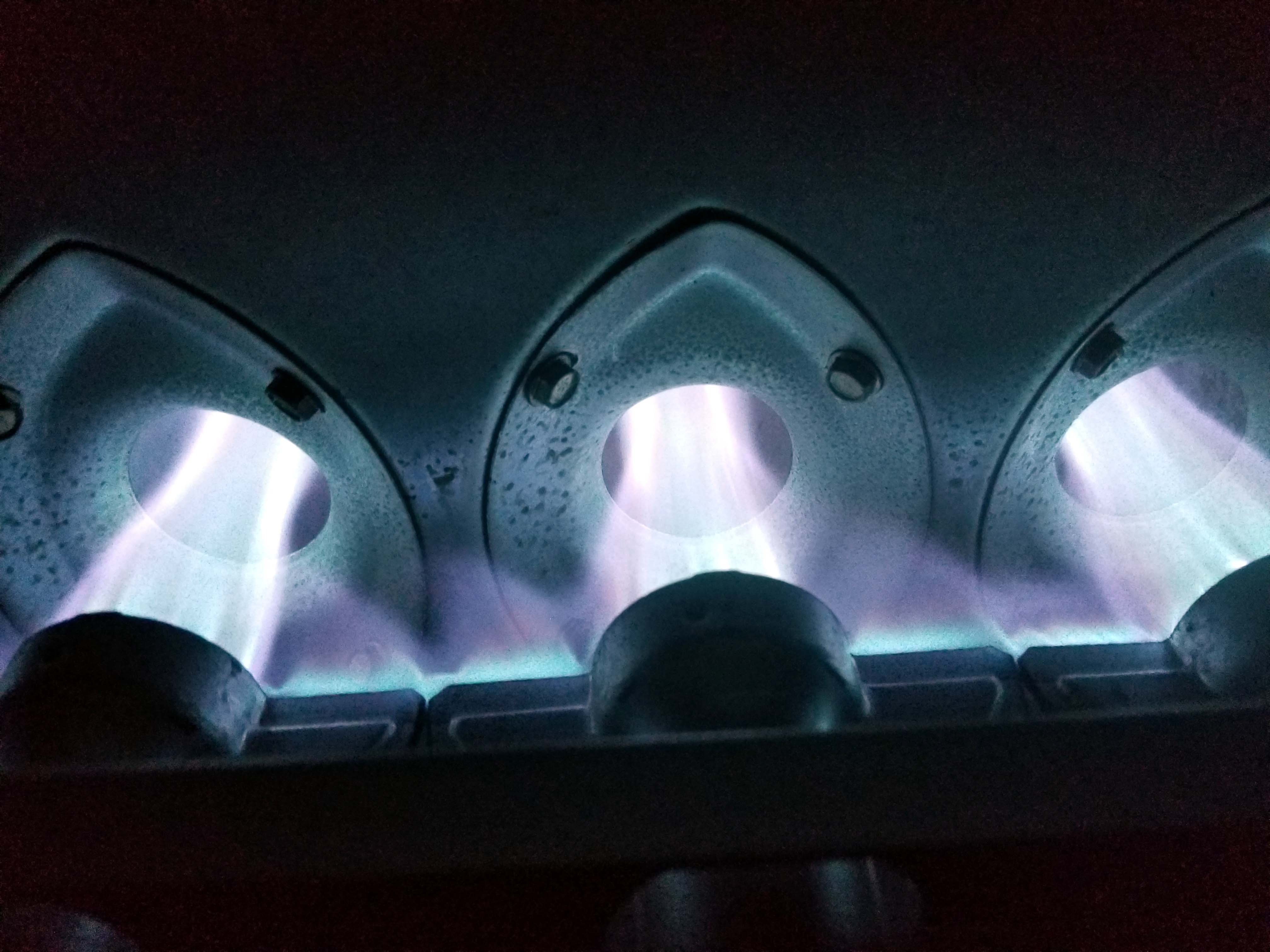
We offer free heating system assessments and quotes for all types of heating installation in Houston.
Request FREE Quote
Professional installation of high-efficiency gas furnaces with 90%+ AFUE ratings for maximum comfort and energy savings. Perfect for Houston homes with reliable natural gas heating.
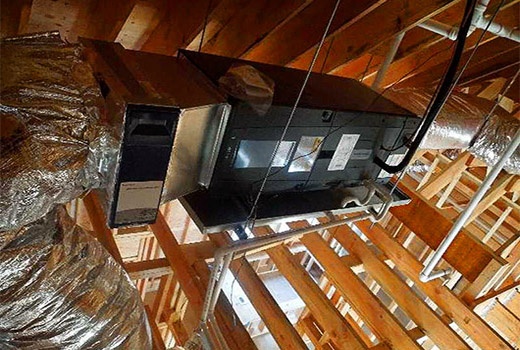
Expert installation of electric furnace systems for homes without natural gas lines. Perfect for clean, quiet heating with precise temperature control.

Energy-efficient heat pump installation for year-round comfort. Perfect for Houston's climate with heating and cooling in one ultra-efficient system.

Professional hvac installation for ductless heatpump systems. Provides consistent, comfortable heating without the use of ducts.
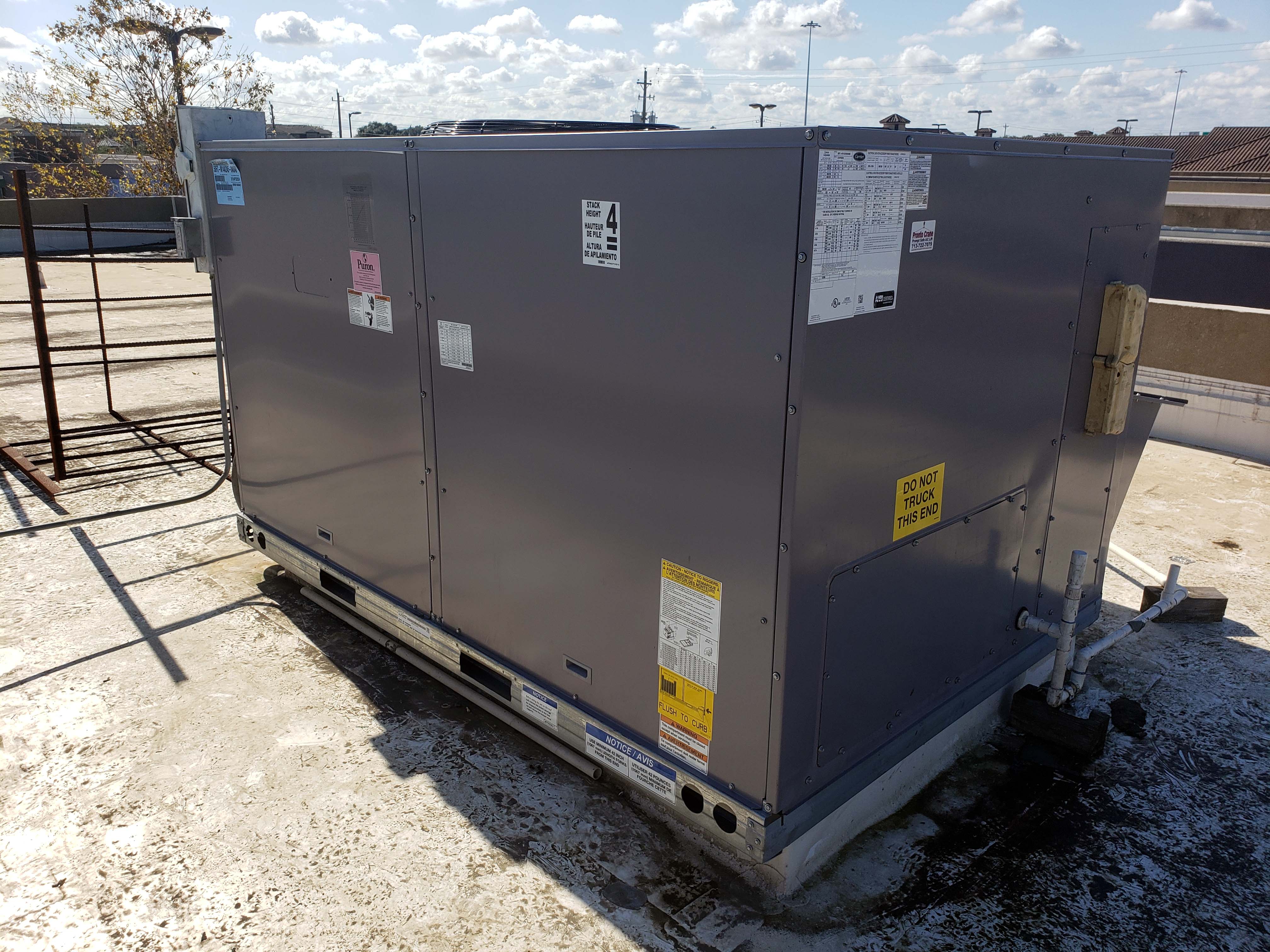
Expert installation of commercial heating systems for offices, retail spaces, and industrial facilities. Specialized in energy-efficient commercial solutions with minimal business disruption.
Next: Discover our comprehensive heating installation process - from initial consultation to final testing and warranty activation. See exactly what makes Adams Air Houston's trusted heating installation experts.
We go out of our way, so you don't have to. Our proven 4-step installation process ensures your new heating system is installed correctly the first time, with licensed technicians and a 100% satisfaction guarantee.
What's Included in Central Heating Installation:
Heat Pump Installation Process:
Adams Air Conditioning & Heating provides affordable heating installation solutions in Houston. We know every home is different, every budget is different, and so every heating solution is different.
Home evaluation & heat load calculation
Detailed proposal & transparent pricing
Expert installation by licensed techs
Performance verification & training
Complete HVAC installs
Verified testimonials
TACLB9265E
See detailed before & after photos of our heating installation projects throughout Houston

High-efficiency gas furnace system in Houston home

Carrier electric heating system for business comfort

Electric heating & cooling system for year-round comfort

Commercial packaged heating unit installation
Explore our complete gallery of heating installations, repairs, and customer testimonials showcasing 15+ years of heating excellence in Houston.
Customer Rating
Satisfaction Guarantee
Service Available
Years Heating Experience
🔥 We're not a franchise.. We're a family-operated business and father + son team who provide the best heating installation services to all of Houston. Get honest prices and unmatched HVAC service with licensed heating contractor (TACLB9265E)- Adams Air.
No hidden fees or surprise costs
Complete cost analysis provided
TACLB9265E certified contractor
Complete system replacement
Heating & cooling solution
Heat + Cool any area
*Pricing varies based on system size, complexity, and installation requirements. Free estimates provided
Customer Rating
TACLB9265E
Generations of Experience
Happy Customers
Get transparent, competitive pricing for professional heating installation in Houston. No hidden fees, just honest quotes with Adams Air's licensed heating contractors.
Efficient gas heating for Houston homes
Complete installation included
Year-round heating & cooling solution
Dual heating/cooling system
Clean electric heating & air distribution
High-efficiency electric air handler
Understanding what influences your heating installation cost helps you make informed decisions for your Houston home.
Larger homes require higher capacity heating systems, affecting equipment and installation costs.
Gas furnaces, heat pumps, and electric air handlers each have different equipment and installation requirements.
Older homes may need electrical panel, gas line, or wiring upgrades for new heating systems.
Ductwork installation, repairs, or modifications for proper heating distribution add to costs.
Higher AFUE/HSPF ratings cost more upfront but provide significant energy savings long-term.
Houston permits, local codes, and installation accessibility affect project requirements.
Choose the right heating system for your Houston home based on your comfort needs and budget.
| Feature | Gas Furnace | Heat Pump | Electric Air Handler |
|---|---|---|---|
| Installation Cost | $3,500-$6,500 | $4,200-$8,500 | $4,800-$7,500 |
| Energy Efficiency | 80-98% AFUE | 8-12 HSPF | 95-100% COP |
| Heating & Cooling | Heating Only | Both | Both |
| Comfort Level | Good | Very Good | Excellent |
| Best For | Most Homes | Year-Round Use | Clean Electric Heating |
Discover why Houston homeowners choose Adams Air for their heating installation needs. From high-efficiency furnace installations to complete heating system upgrades, our commitment to installation excellence sets us apart.
Houston's most trusted heating installation specialists delivering expert furnace installations with energy-efficient systems and guaranteed satisfaction since 2015.

When you need a new heating system for your Houston home, you deserve expert installation specialists who ensure peak performance and efficiency. Adams Air's certified installation team delivers superior heating comfort that lasts.
As a father & son team, we've installed thousands of heating systems for 2 generations. From high-efficiency furnaces to complete system replacements, our family brings decades of installation expertise to every project.
We love our family craft and we're proud to offer world-class energy-efficient heating installations and comprehensive system warranties at affordable family-operated prices.
Real reviews from Houston homeowners we've helped with heating installations
From energy-efficient furnace installations to complete heating system upgrades - discover why we're Houston's #1 heating installation company.
When you need a new heating system, trust a team that treats you like family. Adams Air is a locally owned father-and-son HVAC company serving Houston with professional heating installations at prices that make sense.
From energy-efficient furnace installations to complete system upgrades, we install all heating brands with comprehensive warranties and guaranteed satisfaction. Trust Adams Air to keep your Houston home warm and efficient.
Gas, electric & oil furnace installation
Central & air source heat pump installation
Complete heating system replacement
Professional ductwork & ventilation
Fully licensed heating contractors
Professional installation standards
Guaranteed workmanship warranty
Discover the premium heating brands we professionally install
Adams Air installs all of the top brands of heating systems in Houston. Whether it comes to efficiency, reliability, performance, or affordability - We're confident we can find the perfect heating solution for your Houston home.

Reliable & Efficient Heating

German Engineering

Industry Leader

Affordable & Dependable

Heat Pump Leader

Great Value

Premium Efficiency

Trusted Innovation

Quality Construction

It's Hard to Stop
Our heating experts will help you choose the perfect heating brand based on your home's size, budget, efficiency goals, and Houston's unique climate. Get personalized heating recommendations today!
We install all major furnace brands including gas, electric, and oil heating systems.
Professional installation of all top heat pump brands for efficient heating and cooling.
Expert installation of ductless mini-split heating systems from top manufacturers.
Your heating system gives you clear warning signs when it's time for replacement. Don't wait for a complete breakdown during Houston's coldest days. Let's explore the key indicators that signal it's time for a new heating system.
Heating systems over 15 years old lose efficiency and require more frequent repairs. Rising energy bills are a clear warning sign.
Uneven heating, strange noises, frequent breakdowns, and poor air quality indicate your system is failing.
When repair costs exceed 50% of replacement cost, investing in a new efficient system saves money long-term.
Understanding these critical warning signs helps you make informed decisions about heating system replacement. Early recognition prevents emergency breakdowns and ensures your Houston home stays comfortable year-round.
How long do heating systems last? Eventually every heater has to be replaced. Here are the key warning signs that it's time for a new heating installation in Houston.
Over 15 Years Old
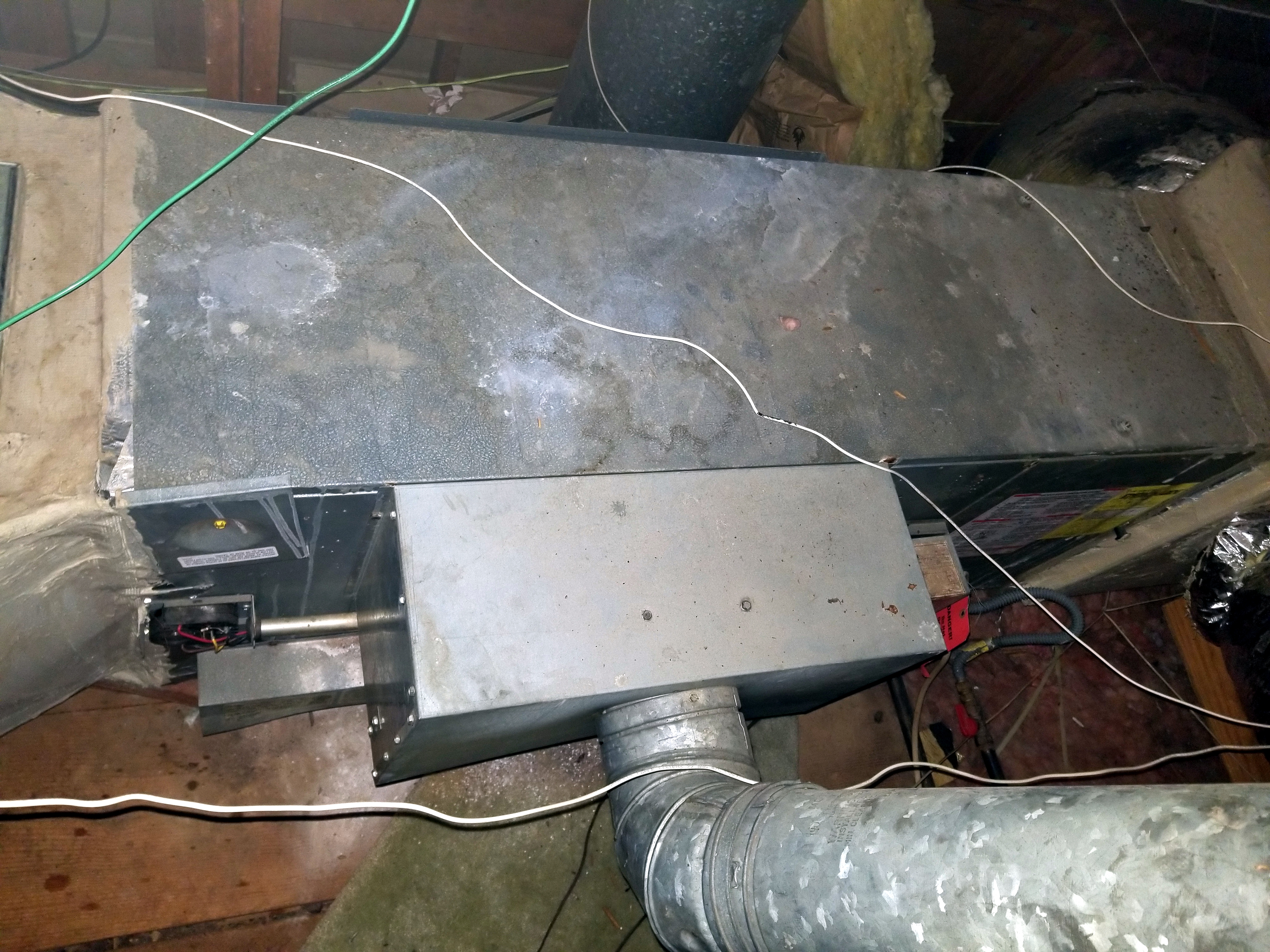
You can find the age of your heating system on its nameplate or manual. If it's over 15 years old and out of warranty, it's likely time for replacement.
Older heating systems in Houston lose efficiency significantly, especially gas furnaces and heat pumps. They struggle to maintain consistent temperatures during winter months and consume more energy.
Modern heating systems are 20-30% more efficient than units from 15+ years ago, leading to substantial energy savings and improved comfort.
Unsure if your heating system needs replacement? Our Houston heating experts provide free evaluations to help you make the right decision.
Free Evaluation: (281) 677-2526Over 15 years old and declining efficiency
Costly and recurring breakdowns
Inefficient operation costing more
Don't wait for complete failure! Replacing your heating system before it breaks down ensures you get the best price, installation timing, and avoid emergency situations during Houston's coldest days.
If your heating system shows any of these warning signs, Adams Air's Houston heating experts can help you choose and install the perfect replacement for your home's comfort and efficiency needs.
From northwest suburbs like Katy and Cypress to southeast communities like Pearland and Sugar Land, Adams Air brings professional installation services directly to your doorstep.
Adams Air creates affordable heating solutions across 50+ communities in Greater Houston.
Call us to confirm service availability and get your free heating installation estimate today!
Expert answers to your heating installation questions
Transparent pricing for furnaces, heat pumps, and complete system upgrades
How long installations take and scheduling options available
Choosing the right heating system for your home and budget
Installation warranties and equipment protection plans
Ready for Professional Installation?
Licensed • Insured • TACLB9265E
From system selection to installation timeline, Adams Air provides expert answers to help you make confident heating installation decisions.
Get a free, no-obligation quote from Houston's trusted heating installation experts. Licensed, insured, and committed to your comfort.